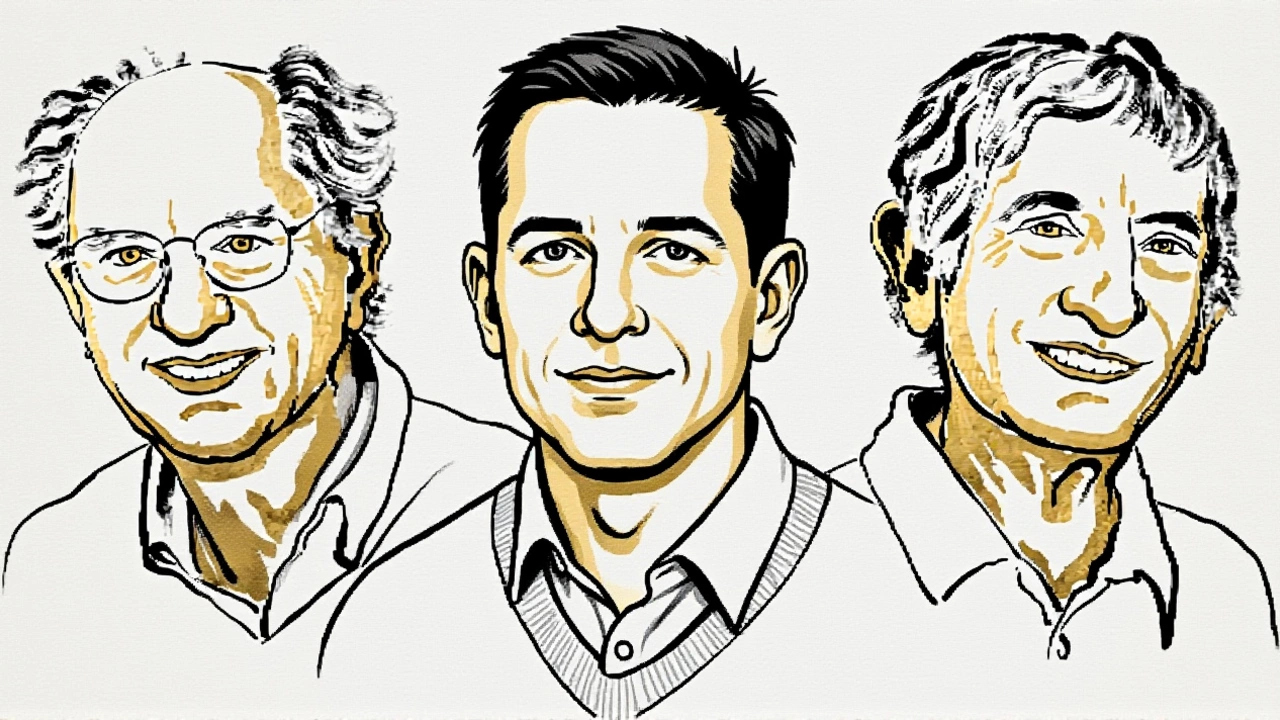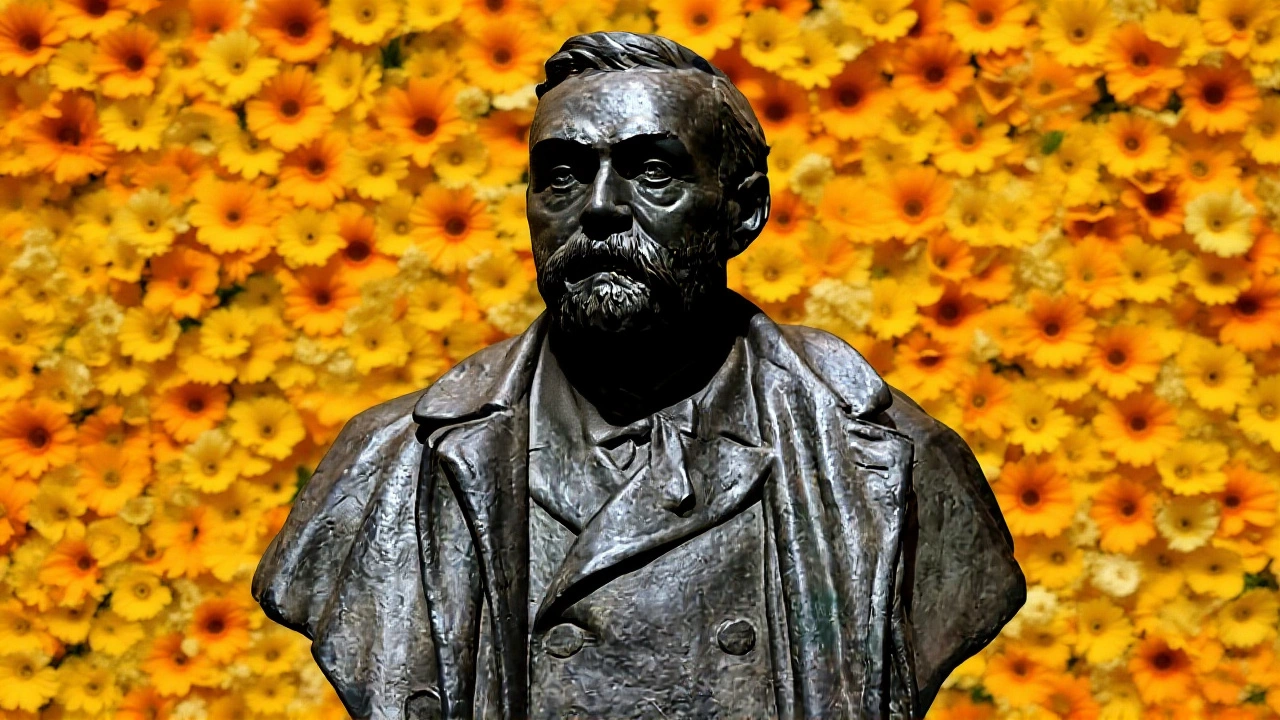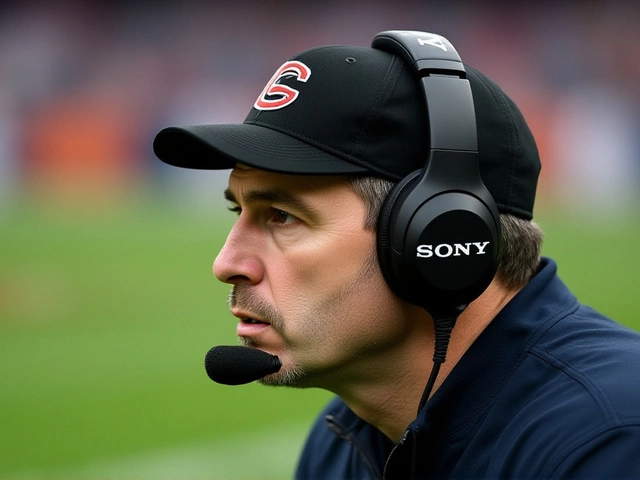When John Clarke, Professor of Applied Physics at University of California, Berkeley learned that the Nobel Prize in Physics 2025 had been awarded, the reaction in the quantum‑physics community was unmistakable: a mix of excitement, validation, and a dash of disbelief. The Royal Swedish Academy of Sciences announced on 7 October 2025 that Clarke, along with Michel H. Devoret, Professor of Applied Physics at Yale University and University of California, Santa Barbara, and John M. Martinis, Professor of Quantum Engineering at the same Santa Barbara campus would share the honor for their discovery of macroscopic quantum tunnelling and energy quantisation in an electric circuit.
Background: From Quantum Foundations to Macroscopic Experiments
The notion that quantum mechanics only matters at the atomic scale has been a lingering myth since the early 20th century. Pioneers like Niels Bohr and Erwin Schrödinger taught generations that superposition and tunnelling fade away once you step beyond nanometres. Yet, in the 1980s, superconducting Josephson junctions hinted that larger systems could still dance to quantum rules. Clarke’s early work on SQUIDs (Superconducting Quantum Interference Devices) proved that macroscopic currents could be exquisitely sensitive to magnetic flux – a subtle, yet crucial, foothold.
Devrot, meanwhile, built a reputation at Yale for mastering circuit quantum electrodynamics (cQED), embedding qubits in microwave resonators. Martinis took those ideas to the lab at UCSB, where his team engineered the first transmon qubit, a design that dramatically reduced charge noise and made superconducting qubits scalable.
By the late 2010s, the three scientists converged on a shared vision: construct a superconducting circuit that could not only host qubits but also showcase quantum tunnelling of an entire electrical variable – the magnetic flux.
The Award‑Winning Experiments
The breakthrough centered on a chip fabricated from aluminium on a silicon substrate, cooled to below 20 milliKelvin in a dilution refrigerator. The circuit featured a tiny loop interrupted by a Josephson junction, forming what’s now called a "flux qubit." When the magnetic field threading the loop was tuned to a half‑flux quantum, the system’s two lowest‑energy states became degenerate, allowing the flux to tunnel between clockwise and counter‑clockwise currents.
Clarke’s group first measured the tunnelling rate using a DC‑SQUID detector, while Devoret’s team refined the readout with a dispersive microwave technique that minimized back‑action. Martinis contributed the pulse‑sequencing protocols that coaxed the system into coherent superpositions and observed energy quantisation through spectroscopic scans.
Key data points from the series of papers (Nature 2023; Science 2024) include:
- Observation of tunnelling amplitudes ranging from 10 kHz to 1 MHz, controlled by junction parameters.
- Energy level spacings confirming quantisation at 5–10 GHz, matching theoretical predictions within 2%.
- Coherence times extending beyond 30 µs, a ten‑fold improvement over earlier flux‑qubit designs.
These numbers proved that quantum mechanics can survive, unscathed, in circuits visible to the naked eye – a genuine macroscopic manifestation.
Reactions from the Scientific Community
"It feels like we’ve finally opened the back door on quantum physics," said Prof. Andrea Miller, a quantum‑information theorist at the University of Chicago. "The Nobel Committee recognised not just a clever experiment, but a platform that will underpin the next generation of quantum computers."
Critics, however, caution against viewing the award as an endorsement that all quantum‑computing challenges are solved. Dr. Lee Zhang, senior engineer at IBM Quantum, noted, "Superconducting qubits still wrestle with error‑correction overhead. This discovery helps, but scalability remains a massive engineering hurdle."
Even the Nobel Committee’s press release, authored by Ulf Danielsson, highlighted the "fundamental importance of bridging microscopic quantum phenomena with devices that can be manufactured and controlled at human scales."
Implications for Quantum Technology
The practical upshot is clear: quantum processors built on superconducting circuits can now be designed with confidence that the underlying physics is not an artifact of the ultra‑small. Companies like Google, Intel, and Rigetti have already incorporated flux‑qubit concepts into their roadmap, aiming for chips that can comfortably host hundreds of qubits without sacrificing coherence.
Moreover, the ability to observe macroscopic quantum tunnelling opens doors beyond computation. Quantum sensors that exploit flux‑tunnelling could achieve unprecedented magnetic‑field sensitivity, useful for medical imaging and geological surveys. In the longer term, the same principles might enable quantum‑network nodes that store and transfer quantum information over macroscopic distances.

Looking Ahead: Future Research and Applications
Clarke, Devoret, and Martinis plan to push the envelope further. Their next‑generation chip will integrate topological superconductors, potentially protecting qubits from decoherence altogether. A collaborative grant, co‑funded by the U.S. Department of Energy and the European Research Council, aims to build a 1,000‑qubit prototype by 2030.
Meanwhile, the Royal Swedish Academy of Sciences, headquartered in Stockholm, Sweden, is already convening a panel to study the ethical and societal implications of a quantum‑computing era that could render current cryptographic standards obsolete.
One thing is certain: the Nobel Prize in Physics 2025 has not just celebrated a past achievement; it has set the stage for a decade of rapid progress in quantum engineering.
Key Facts
- Event: Nobel Prize in Physics 2025 (awarded 7 October 2025)
- Recipients: John Clarke (UC Berkeley), Michel H. Devoret (Yale & UCSB), John M. Martinis (UCSB)
- Discovery: Macroscopic quantum tunnelling and energy quantisation in superconducting circuits
- Impact: Foundations for scalable superconducting quantum computers and ultra‑sensitive quantum sensors
- Next steps: Development of 1,000‑qubit prototypes and exploration of topological protection by 2030
Frequently Asked Questions
How does this Nobel win affect the future of quantum computers?
The award underscores that superconducting circuits can reliably exhibit quantum behaviour at a scale large enough for manufacturing. This validation speeds up investor confidence and pushes companies to scale up qubit counts, potentially halving the time needed to reach fault‑tolerant quantum computers.
What exactly is macroscopic quantum tunnelling?
It is the phenomenon where a collective variable—here the magnetic flux threading a superconducting loop—passes through an energy barrier in a way that only quantum mechanics permits. Unlike an electron tunnelling across a barrier, the whole circuit’s current direction flips, a behaviour visible on a chip that you can hold in your hand.
Which institutions were involved in the research?
The core experiments were carried out at the University of California, Berkeley, Yale University, and the University of California, Santa Barbara. The Nobel Committee, an independent body of the Royal Swedish Academy of Sciences, evaluated the work.
What are the immediate challenges remaining for quantum technology?
Even with macroscopic tunnelling demonstrated, error rates, cryogenic cooling costs, and integration with classical control electronics remain hurdles. Researchers are now focusing on error‑correction codes and materials that reduce decoherence.
Will this discovery impact other fields beyond computing?
Yes. Quantum sensors leveraging flux‑tunnelling could detect magnetic fields orders of magnitude weaker than current devices, benefiting medical imaging, mineral exploration, and fundamental physics experiments searching for dark matter.





